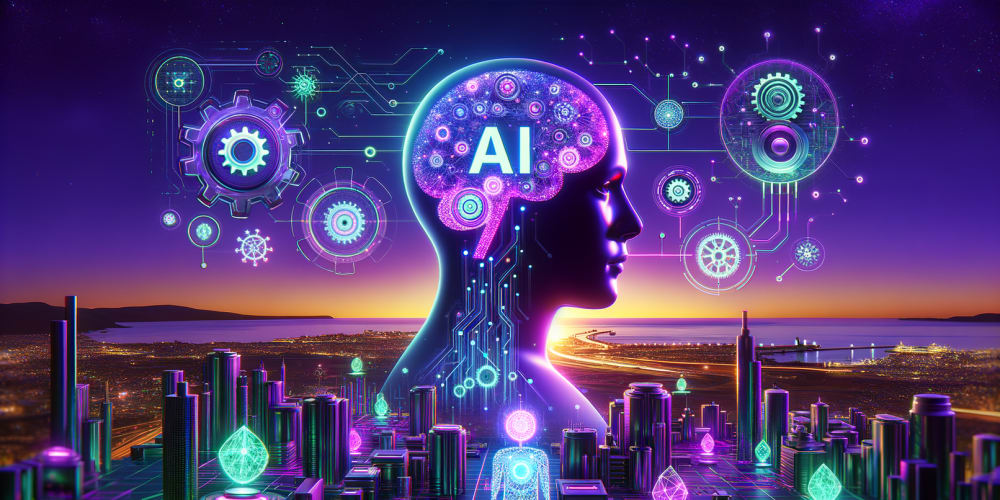Hey everyone, it's me again! Today marks Day 1 of the #100DaysOfMiva challenge. Get comfortable because we’re about to dive into how the day went. I’m sure you’ll pick up a thing or two along the way 😉. Remember yesterday when I almost broke down over the challenges I was facing with GitHub? Well, I’m thrilled to say that’s no longer the case 🤭🎉. Turns out, I found exactly what I needed on w3schools.com—pretty ironic since I was there learning HTML and didn’t even realize I could learn Git too! 😂😭. Now, let's have a summary of my learning today.
Understanding Git and GitHub: A Developer's Best Friends
In the world of software development, two names often come up together: Git and GitHub. If you’ve ever found yourself scratching your head, wondering what all the buzz is about, don’t worry—you’re not alone. In this post, we’re going to unravel the mystery behind Git and GitHub, who created them, and why they’ve become essential to every developer’s toolkit. So, grab a cup of coffee (or tea)🍵, get cozy, and let’s dive into the magic of these game-changing technologies!
What is Git?
Git is like a supercharged time machine for your code. Imagine working on a project, and suddenly, something breaks. You wish you could go back in time to when everything worked perfectly. With Git, you can! It’s a version control system that tracks every change you make to your code, letting you rewind to any point in your project's history.
But Git isn’t just about time travel; it’s also about teamwork. Whether you’re coding solo or with a group of developers, Git ensures everyone’s work stays organized and conflict-free.
Who Developed Git?
Git was created by Linus Torvalds in 2005. If that name rings a bell, it’s because he’s also the genius behind the Linux operating system. Linus developed Git out of necessity. At the time, the Linux kernel (a huge, collaborative project) needed a version control system that was fast, reliable, and capable of handling a large number of contributors. When existing solutions didn’t cut it, Linus took matters into his own hands—and Git was born.
What is GitHub?
Now, let’s talk about GitHub. If Git is your time machine, GitHub is the cloud where you store your time machine’s data. GitHub is an online platform that hosts Git repositories, making them accessible from anywhere. Think of it as a social network for developers, where you can share code, collaborate on projects, and even contribute to open-source initiatives.
But GitHub isn’t just about storing code. It’s packed with features that make collaboration easy and effective. You can track issues, review code, and discuss changes—all within the platform.
Who Developed GitHub?
GitHub was founded in 2008 by Tom Preston-Werner, Chris Wanstrath, PJ Hyett, and Scott Chacon. The goal was simple: to make Git accessible and easy to use for developers worldwide. And they succeeded. Today, GitHub is a hub for millions of developers, from hobbyists to professionals, all building the software that powers our world.
How to Use Git and GitHub: A Quick Guide
Getting started with Git and GitHub might seem intimidating, but it’s simpler than you think. Here’s a quick overview:
Install Git: Before you can start using Git, you’ll need to install it on your computer. You can download it from git-scm.com.
Set Up Your Local Project: Once Git is installed, navigate to your project folder in the terminal and initialize a Git repository with git init. This command starts tracking changes in your project.
Make and Save Changes: As you work on your project, Git will track every change. When you reach a milestone or want to save your work, you "commit" those changes with git commit -m "Description of what you did". Each commit is like a snapshot of your project at that moment.
git commit -m Day 1 of my coding challenge

Some of the commands available in git and GitHub.
Push to GitHub: After committing your changes, you can push them to GitHub with git push. But first, you need to connect your local repository to a GitHub repository. This is where all your commits will be stored online.
Collaborate and Share: On GitHub, you can collaborate with other developers, contribute to open-source projects, or even fork someone else’s repository to create your own version of it.
Why Git and GitHub Matter
Git and GitHub are more than just tools—they’re a way of thinking about software development. They encourage experimentation, collaboration, and sharing, which are all key to building better software. Whether you’re working on a solo project or contributing to a global open-source initiative, Git and GitHub provide the foundation you need to succeed.
So, the next time you see a developer talking about “pushing to GitHub” or “making a pull request,” you’ll know they’re using some of the most powerful tools in the tech world, created by some of the brightest minds in the industry.
Amazing isn't it? I hope you've learned a lot today and I also hope I've inspired you to learn more about this these two developer tools. Anticipate more from this journey on my day 2 article. See you soon👋🏾.





















